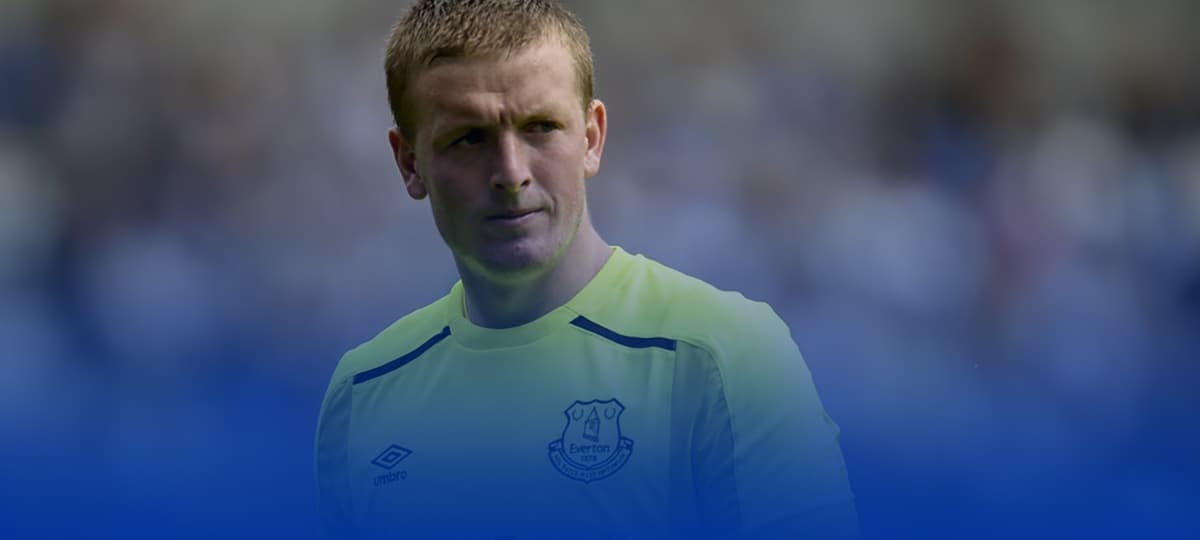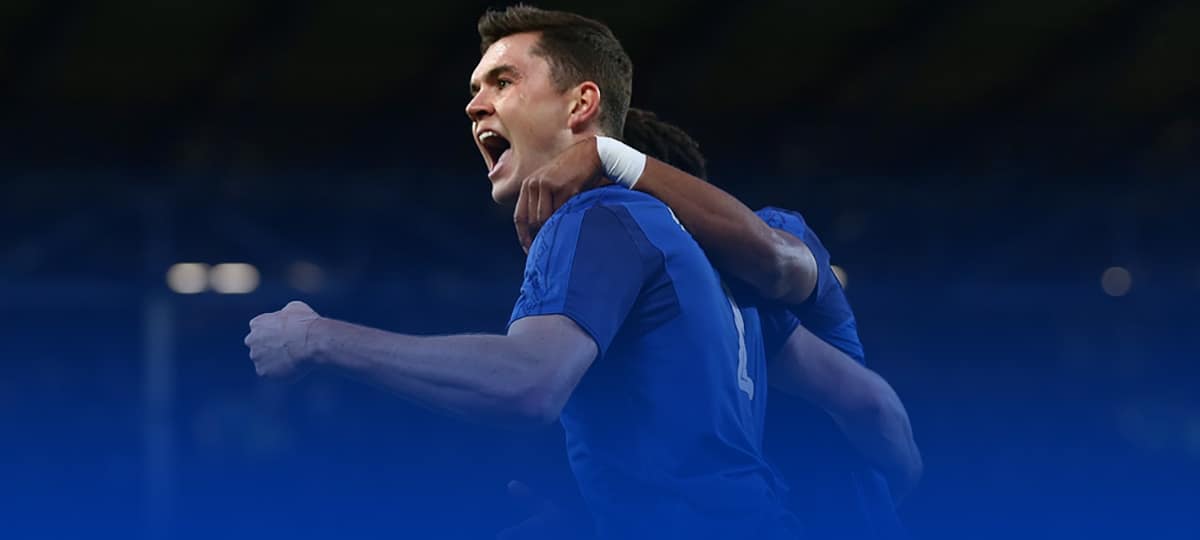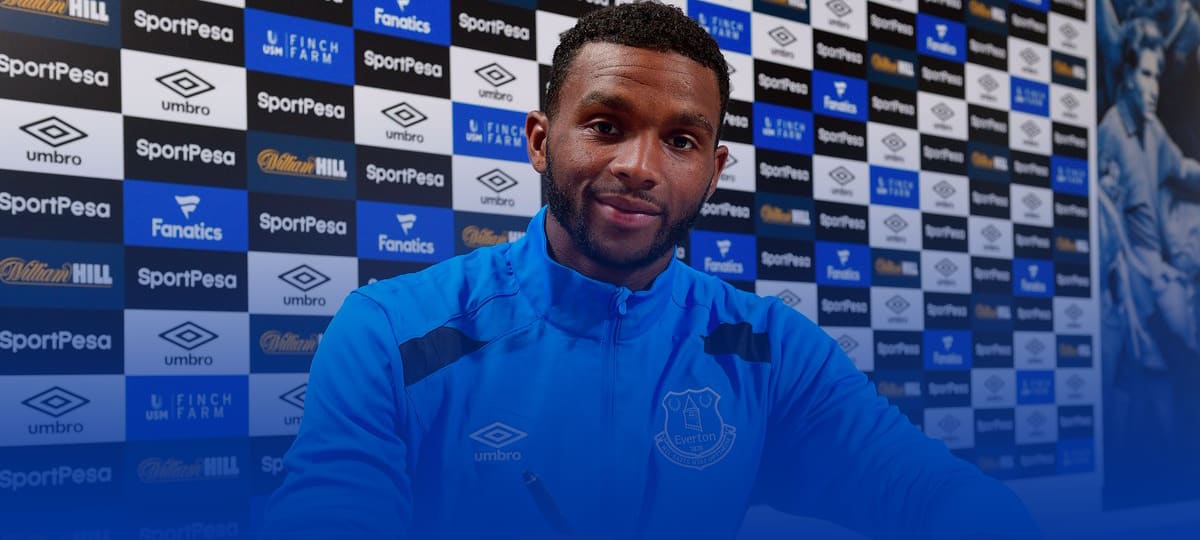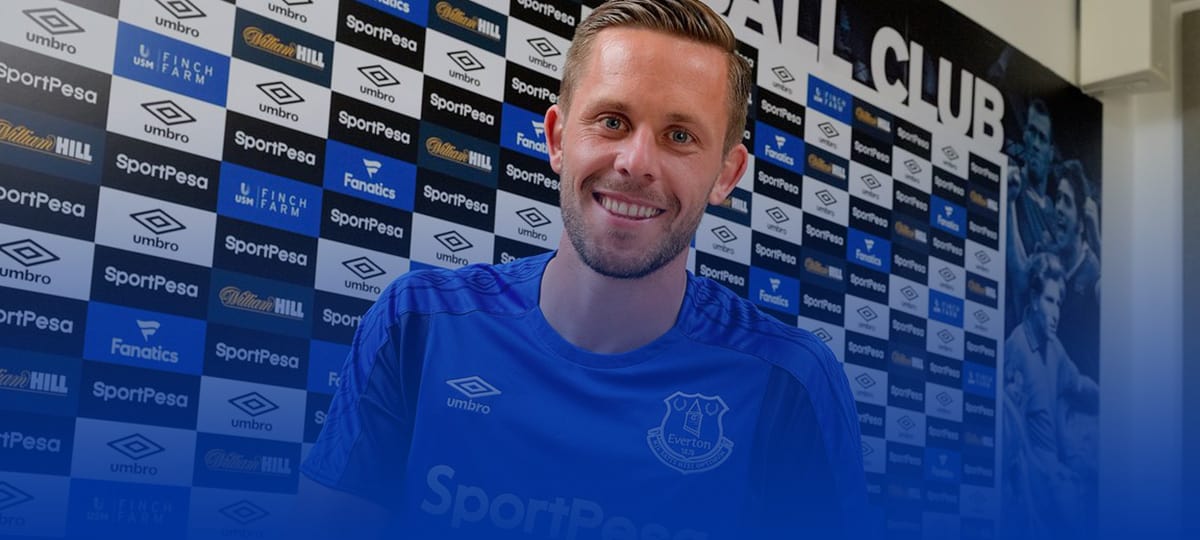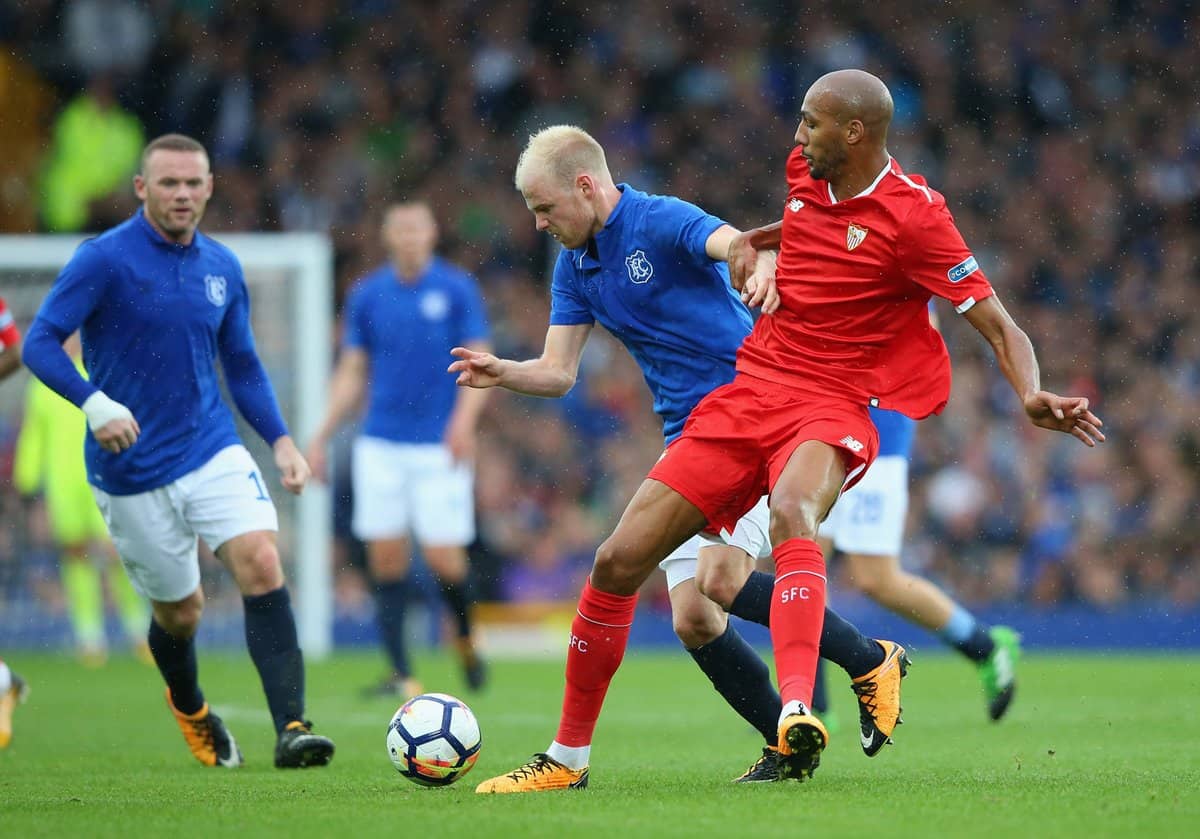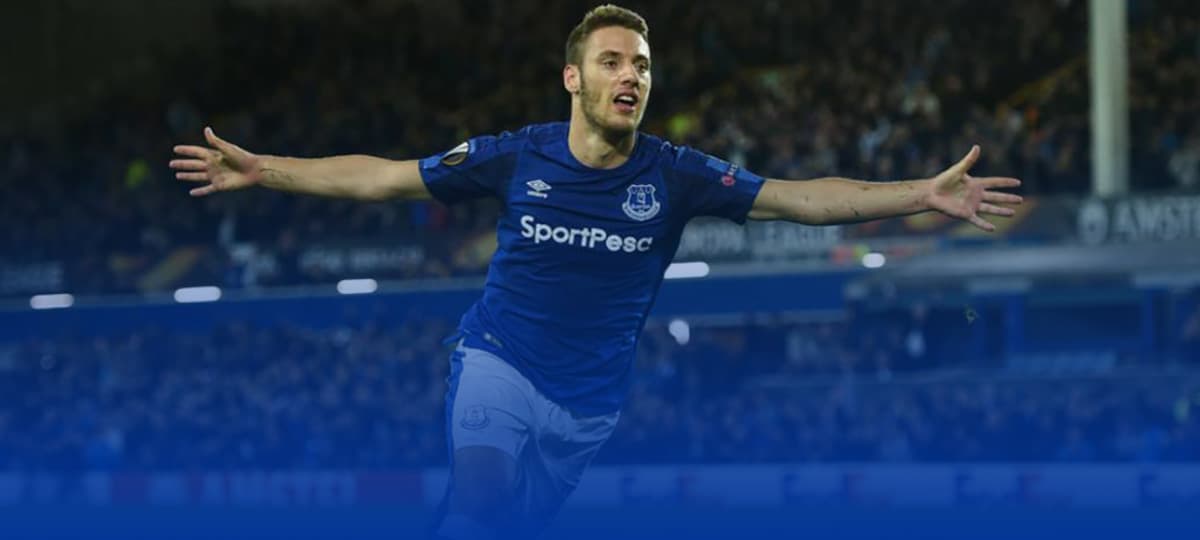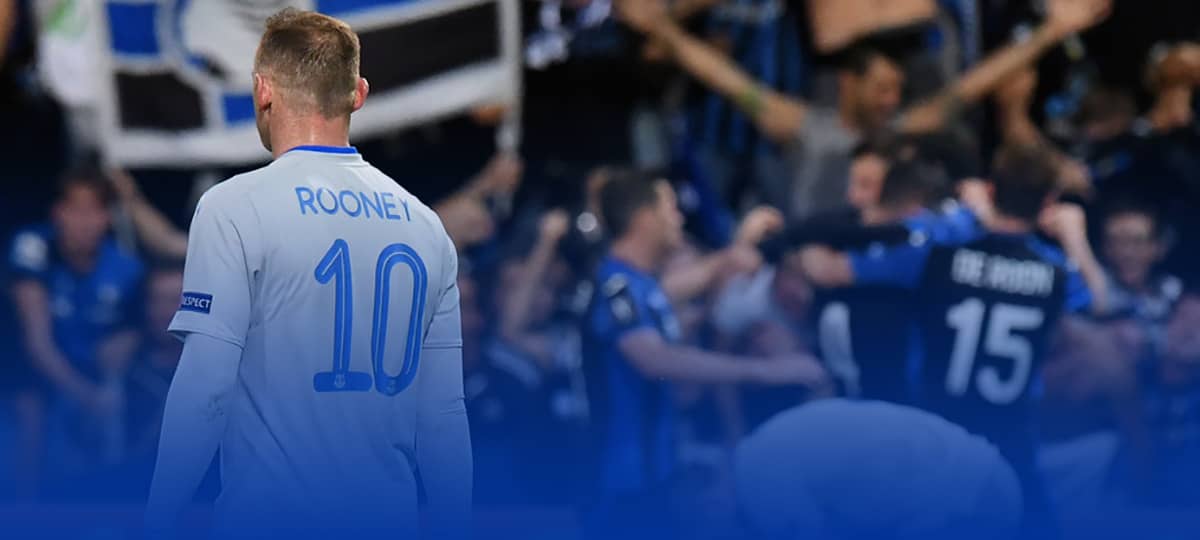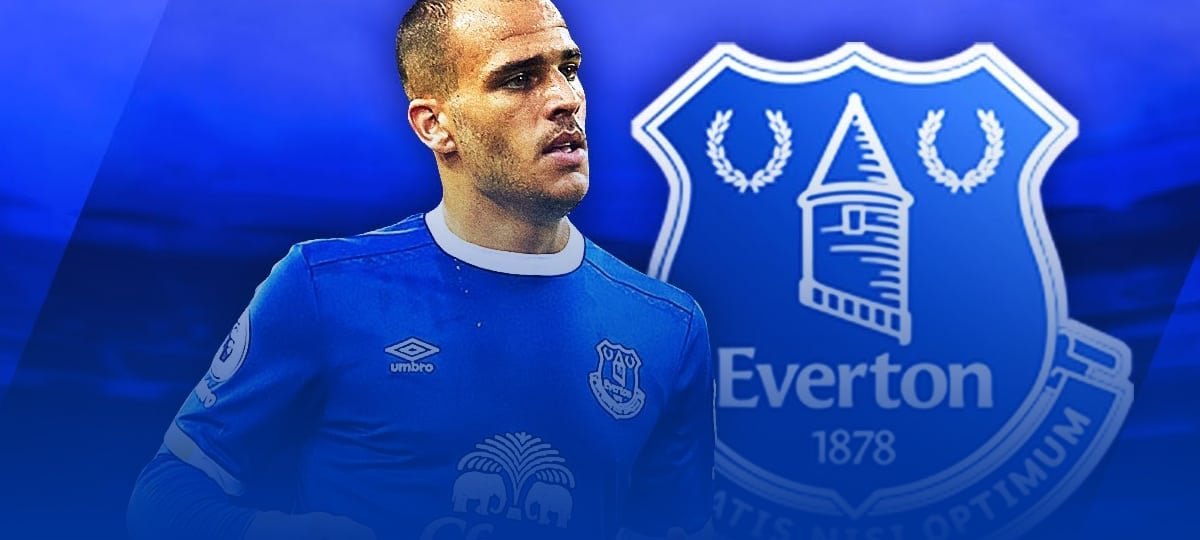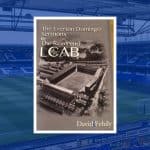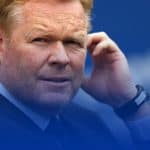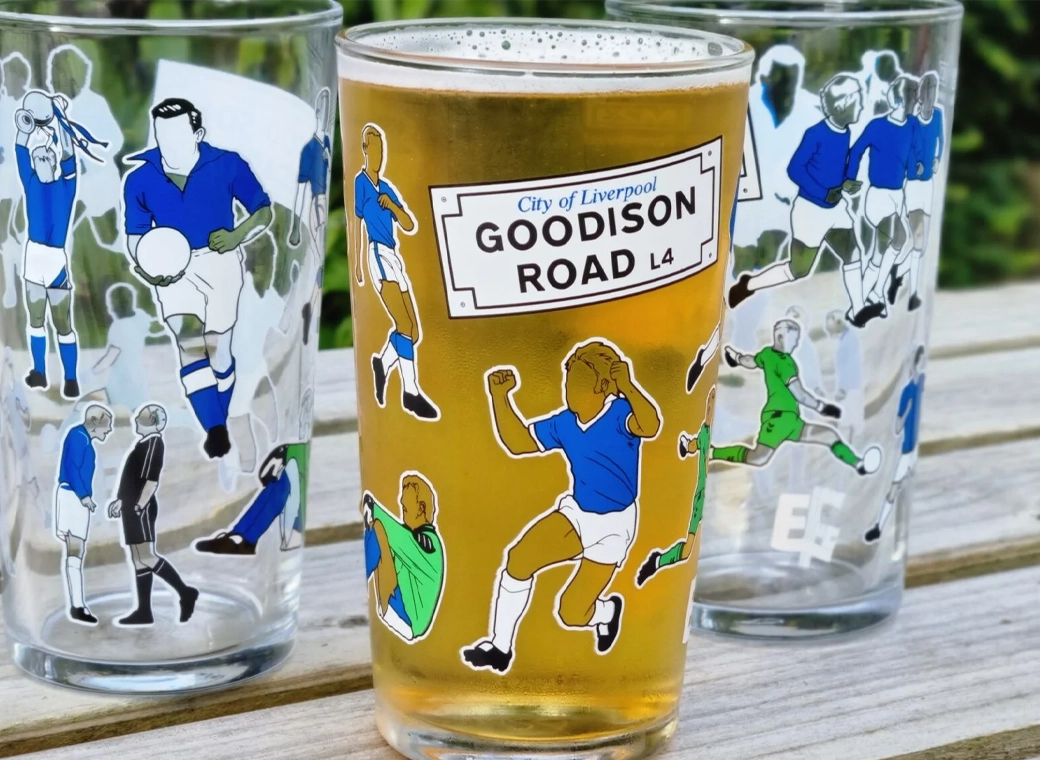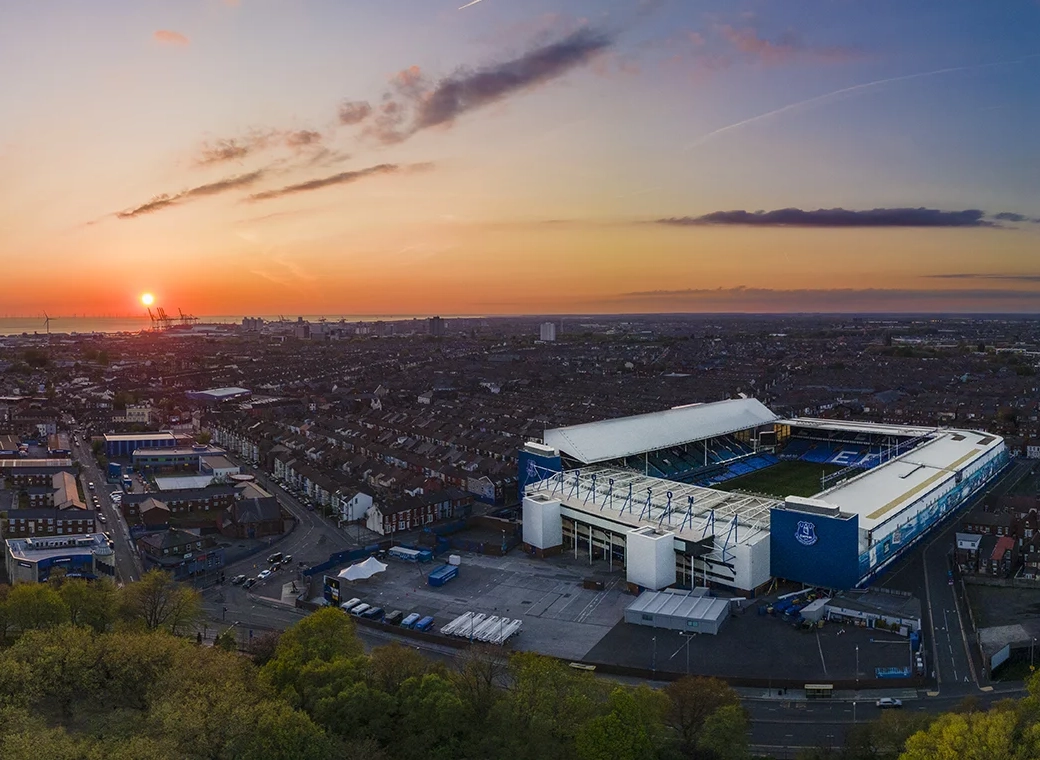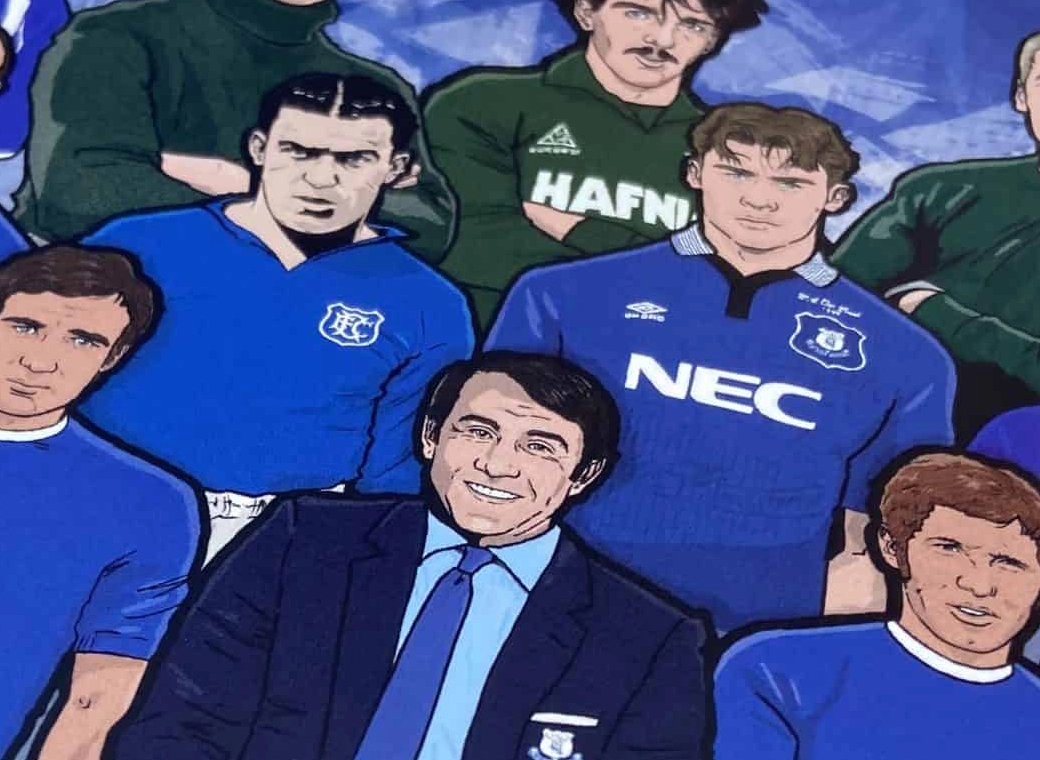Remember the Name via GrandOldTeam
Remember the Name
The late 1990s and early 2000s were a tough time for Evertonians, an era characterised by debt, penury and the near constant threat of relegation.
As the four year reign of Walter Smith came to an end, the Blue half of the city was in desperate need for change.
It arrived in two forms. First, David Moyes came from Preston North End in March 2002. Inexperienced but with a reputation of being an ‘Alex Ferguson in the making’, the Scot quickly had an immediate impact.
‘We seemed to have a new trajectory, new energy and Everton looked like they knew what they were doing, which hadn’t been the case for such a long time’ says Lyndon Lloyd, the man behind ToffeeWeb.
Hamstrung by debt and with pretty much the same group of players he had inherited, Moyes’ Everton were a much more formidable proposition than Smith’s. They worked hard, kept their shape well and yet in Kevin Campbell and TomaszRadzinski had enough threat going forward to worry teams.
Moyes gave Evertonians confidence again, something that had been in short supply at Goodison. But as important as that was, the fans also needed a bit of excitement, and for this they looked elsewhere.
‘Wayne Rooney had been causing a buzz around Goodison for some time’ recalls Mark Godfrey of The Football Pink. ‘Burt of course, we’d all endured false dawns before; times when supposed “wonder kids” came through and amounted to very little.’
Rooney had been with Everton since the age of nine and his record was impeccable. He’d scored freely at youth level, played above his age group with ease and made no secret of the fact that all he wanted to do was play for Everton.
Aware that he had a potentially exceptional talent on his hands, Moyes was cautious with the youngster. Although included as part of the 2002/3 squad, by the middle of October, the 16 year old had only made a handful of starts and a few substitute appearances.
‘When he’d appeared he had looked the part though’ argues Simon Hart, author of
Here We Go. ‘I remember he came on away against Manchester United in the October. He picked up the ball at one point and just ran at them, bursting past their players like they were nothing. It was exciting, the kind of thing you hadn’t really seen Everton players do for ages. And even though he was only 16, it looked like the age difference meant nothing. He was ready.’
In mid-October, Arsenal rolled into town. Champions, FA Cup holders and unbeaten in the league, there was talk that the Gunners could go the whole campaign without being defeated.
Despite Everton’s improvement, few Evertonians expected a win or even a draw against such an accomplished team. And not long after the sides had kicked off, it was a prediction that seemed prescient when Freddie Ljungberg put the Gunners ahead.
Had this been a Walter Smith side, Evertonians would have been justified in expecting a capitulation following that opening goal.
‘But Moyes brought something different to Everton, certainly in those early days; if not quite fearlessness, then possibly a sense of determination. The side was certainly willing to have a go at teams and you never really saw heads drop’ recalls Lyndon Lloyd.
In response to going one down, Everton came back strongly. Arsenal were snapped at and chased. This was a physical Everton, one more redolent of the old ‘Dogs of War’, a sight that had been disappointingly absent from Goodison for too long. But there was more than just bite and snarl to this dog. There was intelligence too, intelligence that brought threat with it. And within minutes, the Blues had equalised, after Radzinski clipped a rebounded effort into the roof of the net.
Chances were limited after that and the sides went in at half-time level. In the second period, although Arsenal continued to have their rhythm unsettled; opportunities still arrived for the visitors. Ljungberg came close twice and Henry uncharacteristically scuffed a shot wide. The away side’s wayward finishing and a dissipating amount of guile on Everton’s part suggested a draw was the most likely of outcomes.
And then on came Rooney. ‘Looking back now on the career of David Moyes, this was an uncharacteristically bold substitution, considering the age and relative inexperience of Rooney, and the fact that we were holding the best team in England at bay and they didn’t really look like breaking through’ argues Simon Magner, Chair of the Everton Supporters Trust.
There might have been big performances throughout the Everton team, but Rooney’s ten minute cameo would ultimately be the only thing anyone talked about after that game.
There was barely any time left when Wright launched a goalkick downfield and Campbell headed it back to the halfway line. A touch from Stubbs gave the ball to Gravesen who punted it forward.
40 yards out, Rooney killed it and turned, his back to goal. ‘The Arsenal centre halves dropped back. In response, Rooney pushed the ball forward. We all knew what was coming. He exquisitely wrapped his foot around the ball and hit it from 25-30 yards to beat a flailing David Seaman. We were on our feet celebrating almost before it had hit the back of the net. I’ve heard some loud noises at Goodison before in my time, but that was easily one of the loudest’ continues Simon Magner.
The teenager, still a few days shy of his 17th birthday announced himself to the world. As Everton took the 2-1 victory it felt as though those present had witnessed something monumental.
‘For so long we as Blues had suffered the feeling that we were becoming increasingly irrelevant’ says Simon Hart. ‘Yet, from 2002 onwards we became relevant again, reborn almost. And Rooney was part of that. He was young and exciting and, perhaps more importantly, he was something other clubs did not have. For the first time in a long time, other fans were looking at us with envy.’
(this is an edited chapter from Everton’s Greatest Games)
The post
Remember the Name appeared first on
GrandOldTeam.
Read Full Article
Continue reading...


